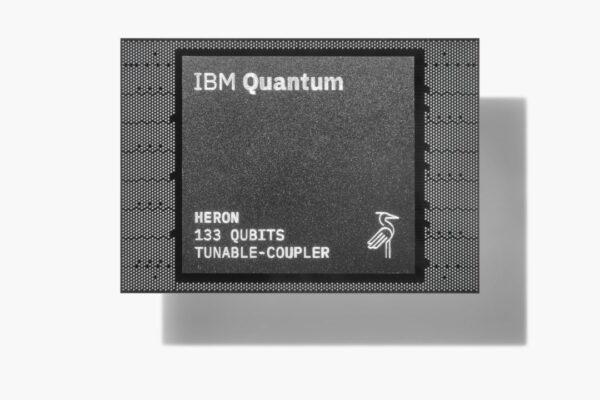
IBM Advances Quantum Computing Roadmap with Heron Chip and System Two Launch
IBM has recently revealed updates to its quantum roadmap, marking a significant milestone by introducing the 133-qubit Heron chip and the groundbreaking System Two quantum computer. Heron stands out as the inaugural member of a new series of scalable quantum processors, meticulously engineered over four years to achieve IBM’s peak performance metrics and minimal error rates. Notably, it leverages generative AI to simplify quantum code development for programmers.
The Heron processor, boasting 133 qubits and 5000 gates, paves the way for future developments. Following Heron, IBM plans to introduce four variations of the Flamingo quantum chip, each featuring 156 qubits and a progressive increase in gates from 5000 to 15000.
Looking ahead, the Starling chip, incorporating full quantum error correction, is slated for 2029, offering 200 qubits and 100 million gates. Further, into the future, the Blue Jay processor is on the horizon for 2033, projecting an impressive 1 billion gates and 2000 qubits.
In addition to these quantum processors, IBM unveiled the Quantum System Two, marking the company’s foray into modular quantum computing. Positioned as the cornerstone of IBM’s quantum-centric supercomputing architecture, the Quantum System Two, located in Yorktown Heights, New York, is now operational with three IBM Heron processors and supporting control electronics. This development reinforces IBM’s commitment to pushing the boundaries of quantum computing capabilities.
“We are firmly within the era in which quantum computers are being used as a tool to explore new frontiers of science,” said Dario Gil, IBM SVP and Director of Research. “As we continue to advance how quantum systems can scale and deliver value through modular architectures, we will further increase the quality of a utility-scale quantum technology stack – and put it into the hands of our users and partners who will push the boundaries of more complex problems.”
Earlier this year, IBM demonstrated quantum algorithms on its powerful 127-qubit ‘Quantum Eagle’ processor. Unlike classical computers, quantum computers use the principles of quantum mechanics to solve complex problems in chemistry, physics, and materials more efficiently.
Now, IBM has introduced the System Two machine, which is five times more powerful than the Quantum Eagle system. It combines a scalable cryogenic infrastructure (used to keep the quantum processor extremely cold) and classical runtime servers with modular qubit control electronics.
As part of IBM’s ten-year Quantum Development Roadmap, this new system will not only support the current quantum processor but also future generations. IBM aims to gradually improve these future processors so they can handle more complex and larger workloads, extending the capabilities of quantum computing. This roadmap outlines IBM’s plan to advance quantum computing over the next decade.
IBM is introducing new tools to make it easier for developers to write code for quantum computers. Qiskit Patterns is a set of tools that helps developers map classical problems, optimize them for quantum circuits, and execute them using Qiskit Runtime. With Qiskit Patterns and Quantum Serverless, users can create and run workflows that combine classical and quantum computing in different environments, like the cloud or on-premises.
IBM is also using generative AI, called Watsonx, to automate the development of quantum code for Qiskit. This involves fine-tuning the IBM Granite model series, making it simpler for developers to work with quantum algorithms. Overall, these tools aim to provide building blocks for users to build and run quantum algorithms easily. Readers can get more detailed information on theofficial product page.





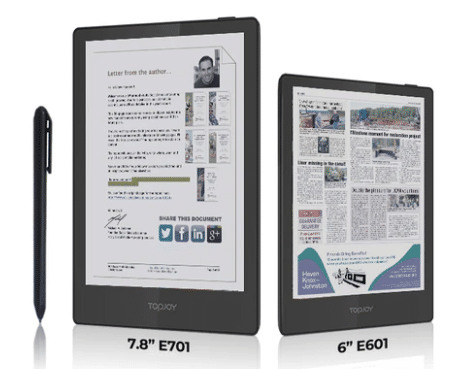

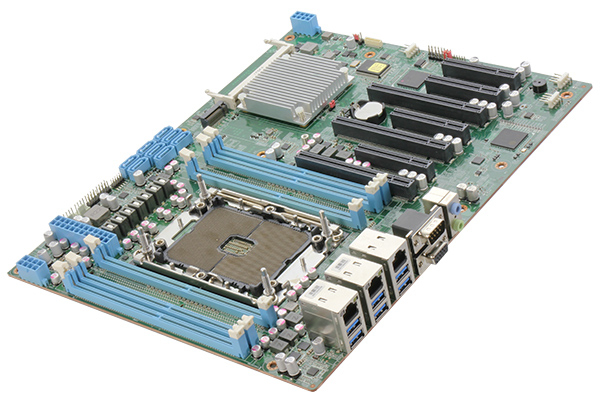
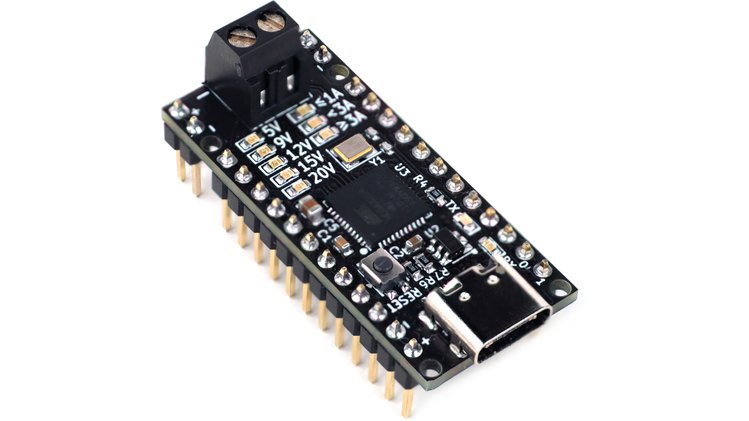
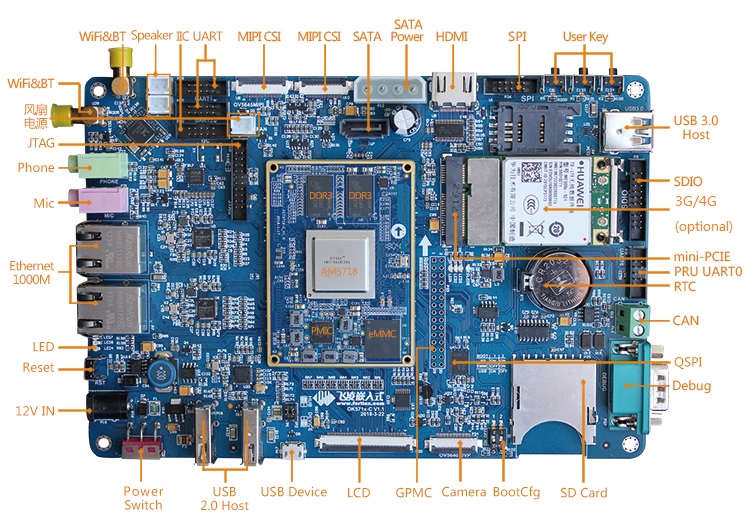
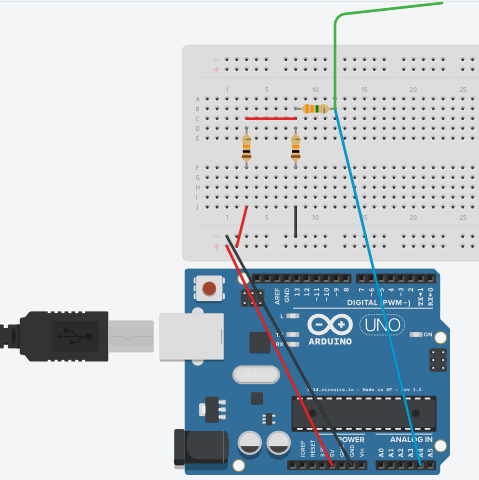





The introduction of the 133-qubit Heron chip and the innovative System Two quantum computer mark a significant leap forward in quantum computing capabilities. It’s impressive to see the meticulous engineering that went into developing the Heron chip over four years, focusing on achieving peak performance metrics and minimal error rates.
The incorporation of generative AI to simplify quantum code development is a game-changer, making it more accessible for programmers to harness the power of quantum computing.
For those eager to dive deeper into the significance of these developments, https://quantumai.co/quantum-volume-score-definition-importance-and-how-it-relates-to-quantum-computing/ offers valuable insights and analysis. Cheers to the future of quantum computing!